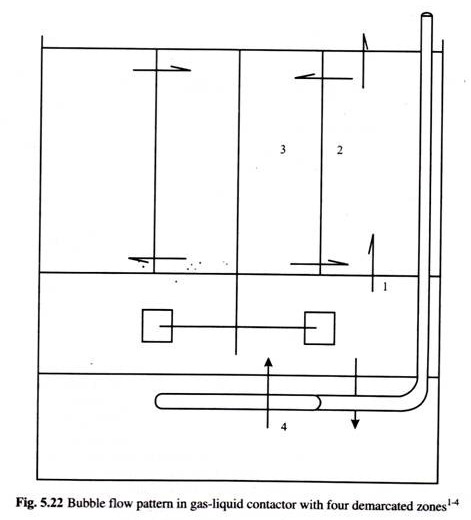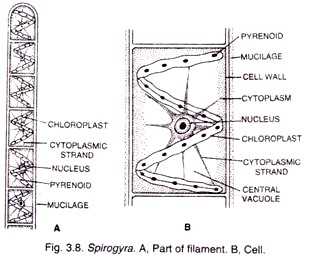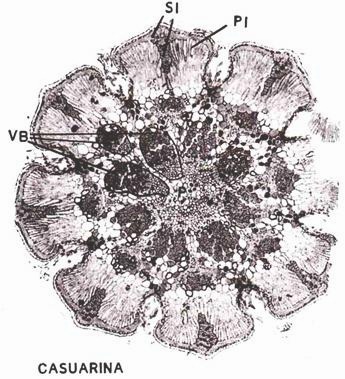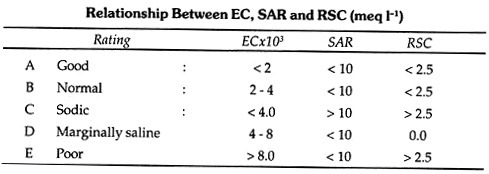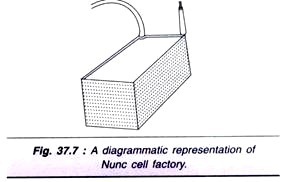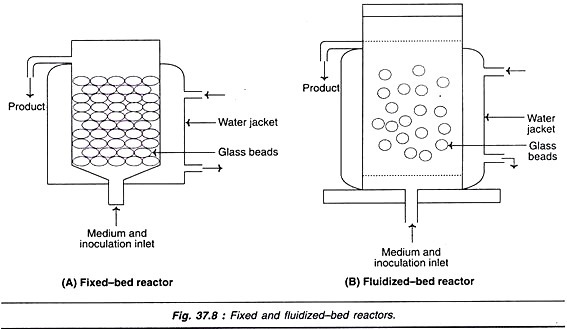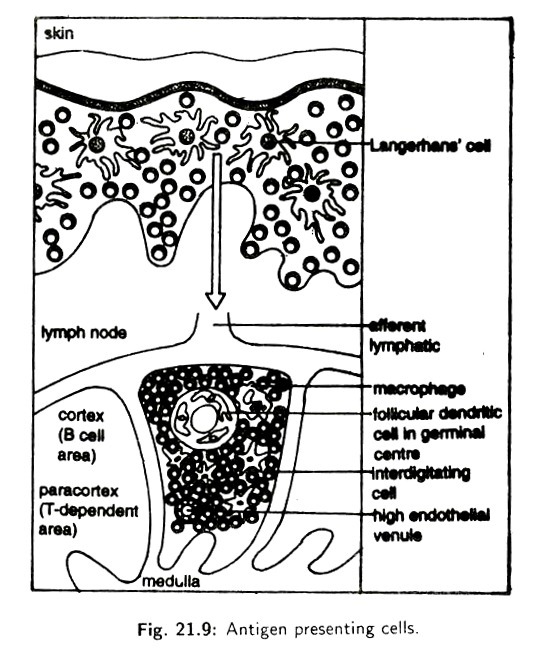A seed is a mature ovule, which is formed after the fertilization.
The outer covering of a seed is called seed-coat which is a protective covering and is known as testa. Seeds contain a small opening called micropyle through which water enters into the seed.
The inner layer below the testa is called tegmen. Inside, seeds contain embryo which consists of cotyledons, radicle and plumule. Seed contains endosperm. However the endosperm is absent in some seeds. Hilum is a scar, where the seed breaks from the stalk of the ovule wall.
Types of Seeds According to the Number of Cotyledons:
Seeds are of two types according to the number of cotyledons.
A. Monocotyledonous Seeds:
These seeds contain only one cotyledon; for example, wheat, bajra, maize and rice. (Fig. 3.1)
B. Dicotyledonous Seeds:
These seeds contain two cotyledons; for example, mango, gram and pea. (Fig. 3.2)
Types of Seeds According to the Food Storage Tissue
There are two types of seeds according to the food storage tissue.
A. Endospermic Seeds (Albuminous):
Endospermic seeds are those in which food is stored in endosperm, e.g., wheat, rice and bajra.
B. Non-Endospermic Seeds (Exalbuminous):
Non-endospermic seeds are those in which food is stored in cotyledons, e.g., pea and gram.
Germination:
Germination is a process by which the embryo in the seed becomes activated and begins to grow into a new seedling (Fig. 3.3a).
Types of Germination:
There are two types of germination:
1. Epigeal Germination:
In this type of germination, the hypocotyl elongates rapidly and arches upwards pulling the cotyledons which move above the soil. Bean, cotton, papaya, gourd, castor and onion have germination of this kind.
2. Hypogeal Germination:
In this type of germination, the epicotyl elongates and the cotyledons remain below the soil. Pea, mango, maize, rice, gram and groundnut have germination of this kind.
Epicotyl → The upper portion of the axis of the seedling above the cotyledons [Fig. 3.3 (b)].
Hypocotyl → The portion of seedling between the cotyledons and the radicle [Fig. 3.3 (b)].
Conditions necessary for germination:
Water, air and suitable temperature are necessary for seed germination.
Three bean seed experiment:
Tie three bean seeds on a glass slide and keep this slide in water containing beaker in such a way that one seed is completely in water, the middle one is half immersed in water, upper one is in air. After few days we observe that germination has taken place in the middle seed, as it gets all three conditions air, water and temperature (Fig. 3.4).
Experiment to prove that water is necessary for seed germination:
Some gram or pea seeds are put on dry cotton wool in beaker A and same quality seeds are put on moist cotton wool in beaker B. After two or three days we observe that there is no germination in beaker A while seeds germinate in beaker B. This experiment demonstrates that water (moisture) is necessary for germination (Fig. 3.5).
The question may arise as to why water is necessary for germination? The answer is that food is stored in the seeds in dry condition, but the developing embryo cannot utilize this dry food. Food can be utilized in liquid form only and seeds can utilize only dissolved oxygen. Excess water stops germination because once all the dissolved oxygen is utilised by the seed, further germination is not possible as the life supporting oxygen is now lacking.
Experiment to prove that air is necessary for seed germination:
Some seeds of gram or pea are placed on wet cotton wool in beaker A. Some water is boiled in beaker B to expel out dissolved air from water. The hot water is cooled and similar gram seeds are put in it. A few drops of oil are put on the water surface in beaker B to prevent entry of atmospheric air within two or three days it is observed that germination has taken place in beaker A but not in beaker B.
This experiment proves that air (oxygen) is necessary for seed germination (Fig. 3.6). During germination rapid cell division takes place. Energy is required for cell division. This energy is obtained from oxidation. The oxygen required for oxidation is supplied by the air. So, air is necessary for seed germination.
To prove that suitable temperature is necessary for seed germination:
Some seeds of gram or pea are put in beaker A & B on wet cotton wool. Beaker A is placed in an icebox containing ice or placed in a refrigerator. Within two or three days, it is observed that there is germination in beaker B but no germination in beaker A. This experiment proves that suitable temperature is necessary for seed germination. (Fig. 3.7).
Suitable temperature is necessary because low temperature retards the embryo activity and high temperature destroys the delicate embryo tissue. Seeds usually germinate between 0°C to 50°C temperature and the optimum temperature usually lies between 25°C to 30°C.
Bean Seed Germination:
Under favourable conditions, bean seed absorbs water from the surroundings and swells up, the seed coat ruptures and the embryo emerges out. The radical grows downwards into the soil and forms root. The hypocotyl grows and becomes straight along with the cotyledons above the soil. Cotyledons form the first green leaves which make food for the growing seedling. The germination is epigeal in bean seed (Fig. 3.8).
Castor Seed Germination:
The castor seed takes about seven days to germinate. The caruncle absorbs water, the seed coat bursts and radicle grows out, which moves down wards and forms the root. The cotyledons absorb food from the endosperm and give it to the growing embryo. The hypocotyl enlarges and becomes straight. The cotyledons move above the soil. After the formation of the foliage leaves, the cotyledons fall off and the seedling becomes independent, germination in castor seed is Epigeal (Fig. 3.9). 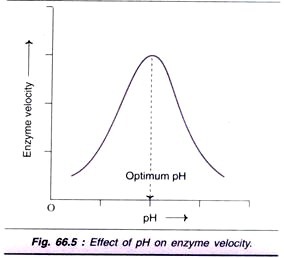
Maize Grain Germination:
The grain absorbs water and swells up. The radicle pierces through the protective sheath coleorhiza and grows downwards to form the root. The plumule pierces through the protective sheath coleoptile and grows straight to form the shoot system. The cotyledons remain underground showing hypogeal germination (Fig. 3.10).
